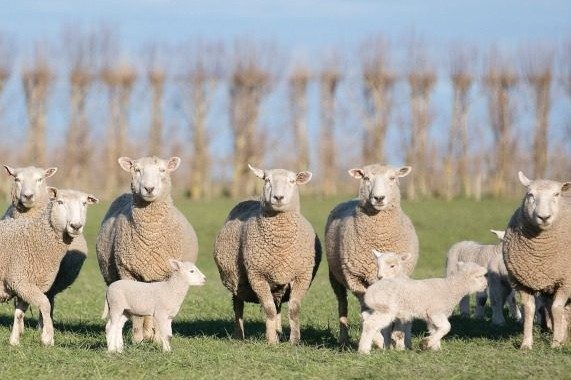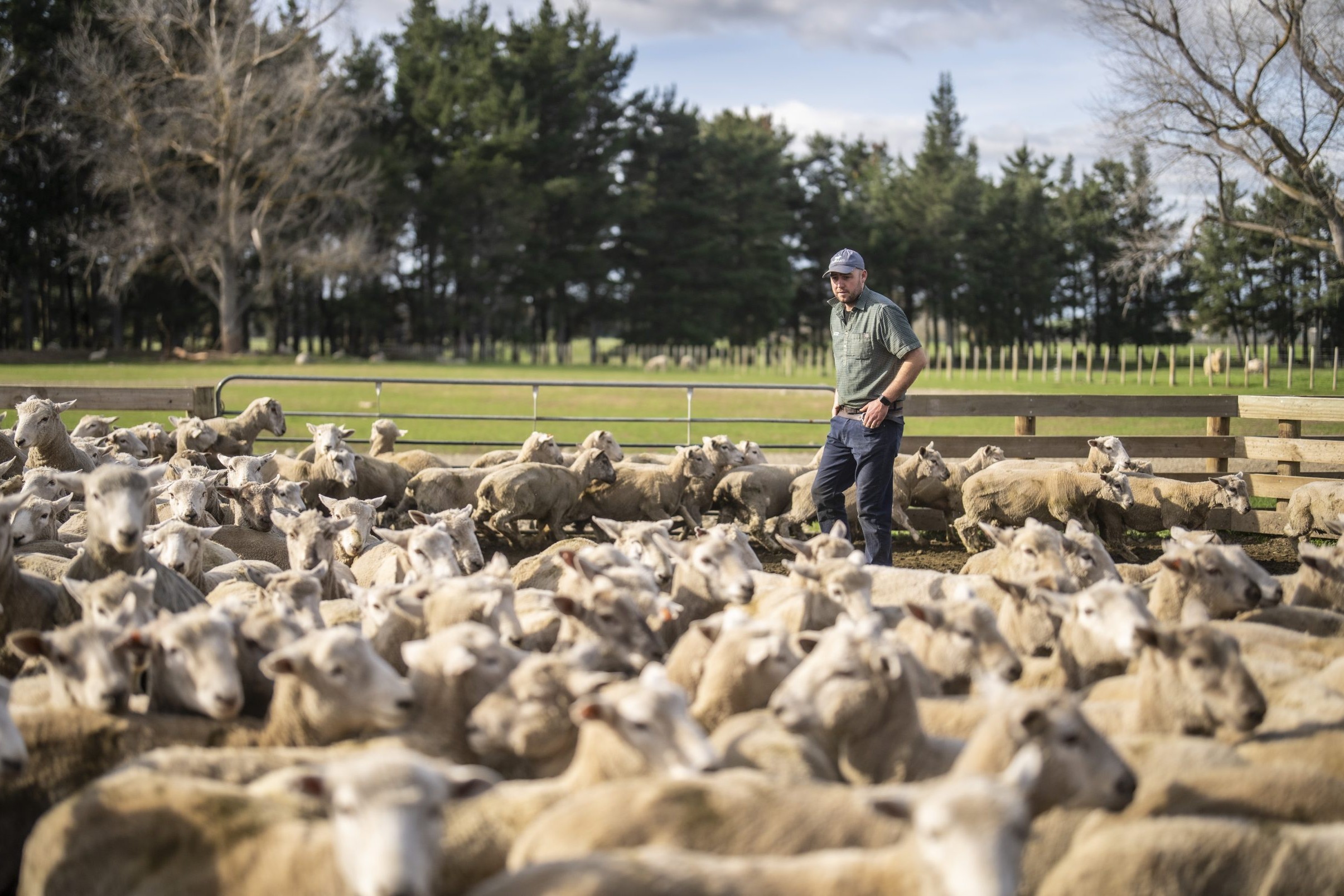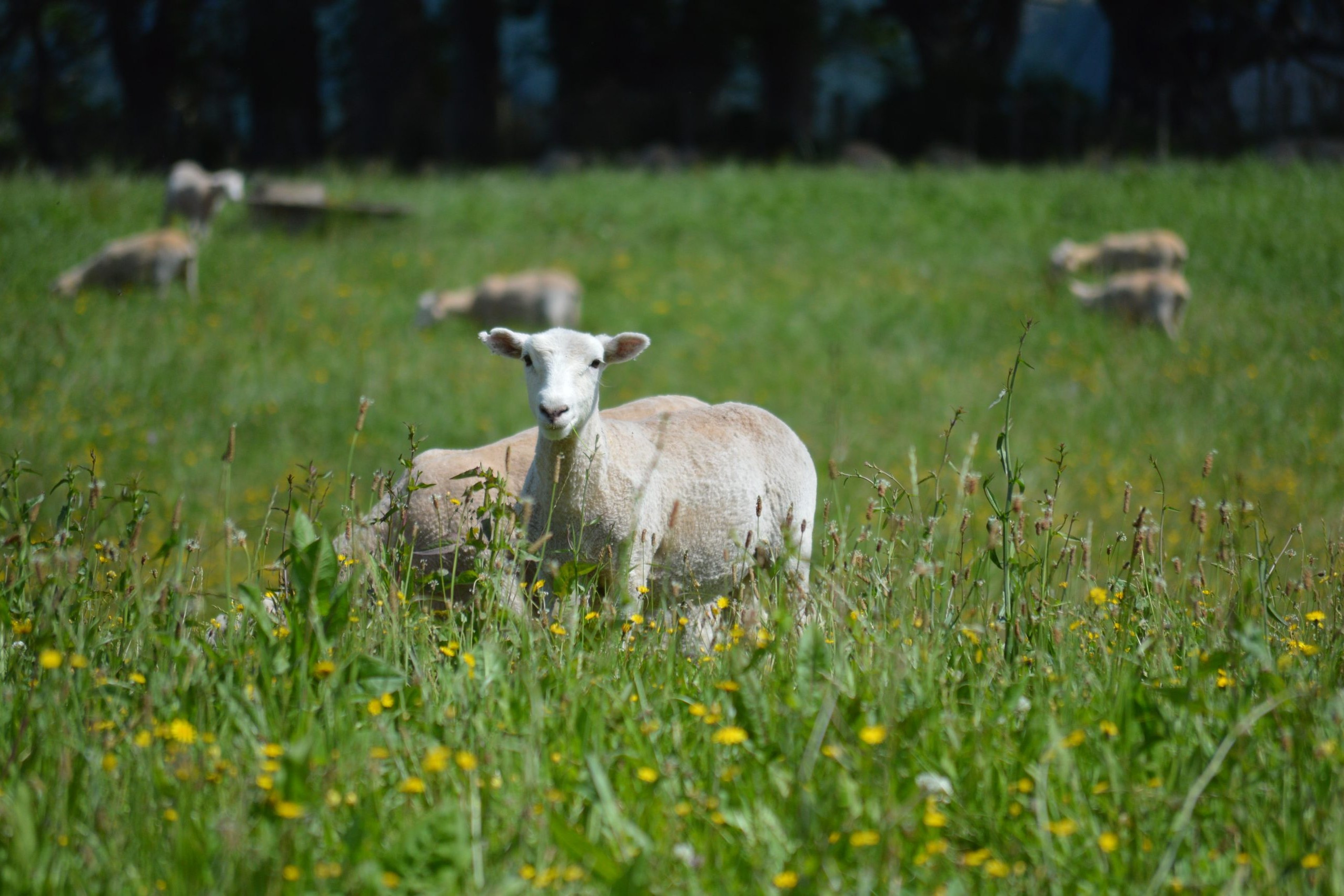In Canterbury, we had a tough autumn. The long summer carried through into a dry autumn with very little growth. Conditions remained warm but no moisture arrived to drive a flush of pasture growth nor to help drive winter crop yields. Rain didn’t arrive until temperatures were too cold to support much growth and then we received more rain in one weekend than we had in the last six months combined. On many farms, supplementary feed stocks have been heavily plundered through the winter and low pasture covers leading into the spring are concerning many.
We receive clear messaging about the link between pasture cover and animal performance e.g. don’t graze twin lambing ewes below 1200kg DM/ha. While these statements provide important ‘rules of thumb’, what I have found is that we have not cemented in our heads the far more important cost of low covers – that being it causes low pasture growth rates.
I don’t have a peer-reviewed reference for the graph shown, I got it from a local farm consultant presentation, but the story it tells holds up to what I have seen in the field. When pasture cover sits at 1500kg DM/ha it will grow as fast as the temperature, soil fertility, and soil moisture allow. When pasture cover drops to 1000kg DM/ha the rate under the exact same conditions is now less than 80% of maximum, and it rapidly drops off a cliff at covers below this.
The point of me raising this is to highlight that eating into a pasture cover hole not only results in lower animal intakes but more importantly it limits your ability to recover in the spring because pasture growth rate remains so depressed that you cannot grow out of the deficit. Every strategy you implement in a tight spring must focus on maintaining adequate pasture cover on the ground to allow your farm to grow once the conditions allow.
This may seem funny coming from a vet but the most important factor in making the most of the spring ahead of you is to focus on keeping pasture cover in a zone for high growth potential. In many cases this will see stock held on feed allocations that restrict their intake below what is known to be optimum. However, if you eat everything now you will have nothing to feed later and no growth to recover with.
Interventions
There are a number of interventions that have probably already been made. I will quickly list some of them but no doubt most of you will have already explored these and either acted early or found the door closed on this strategy.
• Update the feed budget. Work out how big the hole is. Work out how much each stock class is consuming and how much feed they will need through the spring. Rank your stock classes in order of priority.
• Decrease stocking rate – look down the priority list and aggressively explore other options for lower priority stock. If you haven’t done so already, get your stock agent on the phone and look at options to exit or graze out – one-year ewes, in-lamb hoggets, winter lambs, trade cattle. You know better than me the challenges with finding a new home for stock at this time of year. Explore buying in supplementary feed. The type is going to depend on the infrastructure you have in place to store and feed it out, as well as your strategy on how you are going to use it. This bought in feed will be most effective if it is used in a way that builds pasture cover and increases pasture growth rates. Use supplements to feed-pad dry stock, or to keep pregnant animals on winter feed for as long as possible. Keep animals off pasture to allow it to build cover.
• Tighten allocations (get good, personalised advice here). Pregnant cows can often tolerate losing condition through the winter and dry stock can afford to have low growth rates until a feed surplus is achieved. While there will be a production cost, pregnant ewes can be tightened up to a point without causing catastrophe. You cannot afford to compromise in-lamb hoggets.
• Split ewes into lambing groups based on expected lambing. Hold later lambing ewes on tighter rations for longer. Ram harnesses at tupping, aged scanning, or bagging off are all available to help you with this although the opportunity may be largely gone already this season.
• Nitrogen fertiliser – discuss the likely cost-effectiveness of late winter nitrogen applications with your fertiliser adviser ASAP and develop a plan for getting the biggest bang for buck. Target early country aggressively to drive some pasture growth ahead of lambing ewes.
Ammonium sulphate is often discussed as a preferred nitrogen source at this time of year due to several factors:
• Alongside nitrogen, ammonium sulphate also provides a solid hit of soluble sulphur at a time of year when sulphur deficiency is often limiting to pasture growth.
• Applying nitrogen as ammonium provides a plant-available form of nitrogen that will drive pasture growth at lower temperatures and therefore earlier in the season.
Rotational grazing
My favourite tool is saved for last – rotational grazing of ewes with lambs at foot. This strategy applies to paddock country. It works best when paddocks are small and when ewes are going to lamb in a tight group so you can minimise the time they are set-stocked for lambing. In a tight year set-stock for as short a time as possible.
Four paddocks make one rotation cell. Three to four days before starting the rotation empty one paddock and spread these ewes around the other three in the cell. This three to four day spell allows a pick to start in the first paddock. Start the rotation on this fresh pick and initially move ewes to a new paddock every second day. As cover builds start to extend the rotation out to continue building higher covers.
Supplement can be fed out to help better feed ewes and to allow a longer rotation initially. For the first week or two you will feel it is pointless, it feels like you are shifting ewes on to nothing, and the ewes will tell you that as well. However, remind yourself every day that the ewes would be no better fed set-stocked but that every shift is allowing pasture to recover, allowing a higher residual to develop, and this will support faster pasture growth rates and an early recovery.






